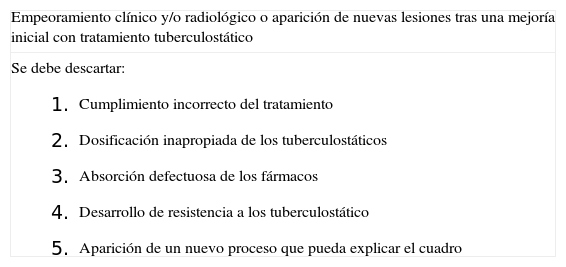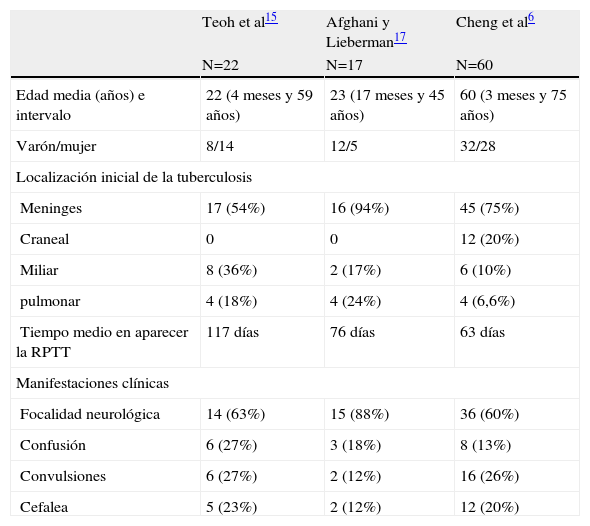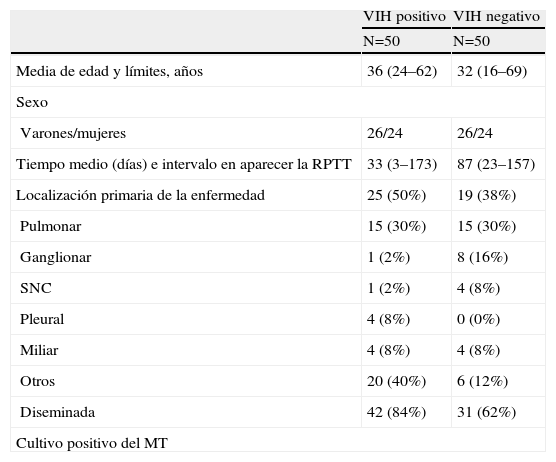El deterioro paradójico durante el tratamiento tuberculostático se define por la exacerbación de los síntomas clínicos o el empeoramiento radiológico de las lesiones tuberculosas preexistentes o la aparición de otras nuevas. Este fenómeno es relativamente frecuente; se observa entre el 6 y el 30% de los pacientes que reciben tratamiento tuberculostático. La patogenia no está clara; se acepta generalmente como una respuesta inmunológica anormal a las proteínas liberadas de los bacilos tuberculosos destruidos. Las manifestaciones clínicas y radiológicas pueden localizarse en el sistema nervioso central, pulmones, pleura, ganglios linfáticos y piel. El diagnóstico frecuentemente es dificultoso y sin embargo el curso suele ser favorable. Posiblemente el tratamiento con glucocorticoides puede ser beneficioso en el curso de este fenómeno. En este artículo pretendemos revisar la definición, la patogenia, las manifestaciones clínicas y el tratamiento de esta afección.
The exacerbation of clinical symptoms or radiological worsening of pre-existing tuberculous lesions or the development of new lesions defines paradoxical deterioration during antituberculosis therapy. This phenomenon is relatively frequent: it is observed between 6 and 30% of patients receiving antituberculous therapy. The pathogenesis is not completely clear and it is generally regarded as an abnormal immune response to the proteins released from dead bacilli. Clinical and radiological manifestations may locate in the central nervous system, lungs, pleura, lymph nodes and skin. The diagnosis is frequently difficult and outcome is most often spontaneously favourable. It is possible that the addition of corticosteroid therapy could be beneficial on the outcome of this phenomenon. In this paper we try to review the definition, pathogenesis, clinical manifestations and treatment of this pathology.
Artículo
Comprando el artículo el PDF del mismo podrá ser descargado
Precio 19,34 €
Comprar ahora










